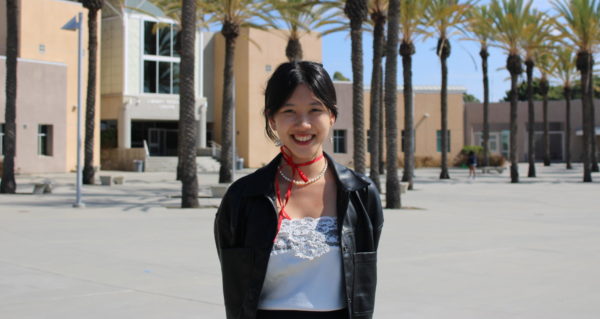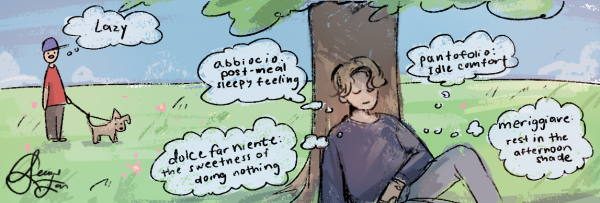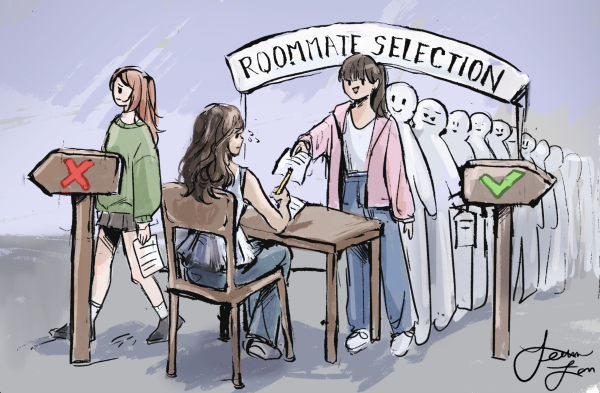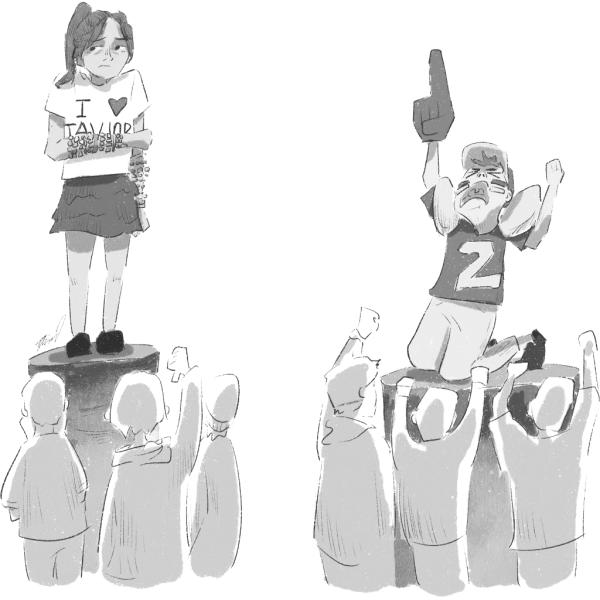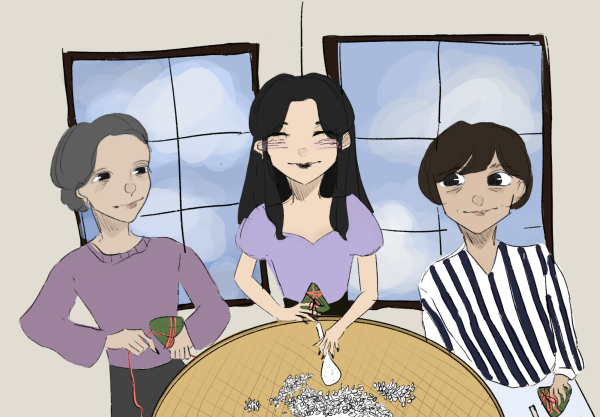Don’t support AI “art”
January 19, 2023
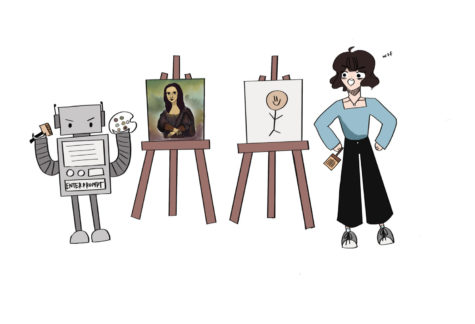
To continue on my saga of procrastination, I was again on my phone, scrolling through Instagram posts. I noticed video after video of people trying this new “AI art generator,” which allows users to enter a written prompt or insert a photo that AI then generates into artwork based on the input.
It has grown in popularity over the past few weeks, with apps like Wombo and Lensa. The use of this AI has become so widespread that many other large tech companies, like Canva and Microsoft, are beginning to add this feature to their programs. Though this may seem like a promising technological advancement, some concerns have been raised, especially within the artist community. As an artist myself, when I first saw this, I honestly didn’t think too much about it. But as I began to learn more and more about the phenomenon, the more problematic it seemed to become. I’m still not sure what to feel about most of it, but I do know one thing: AI-generated work cannot be classified as art.
The creative process for art is one of the main things that define it. It is the innovation and message from the artists that make art such an interesting and thought-provoking subject: the reason why we put it up in museums and still discuss pieces from thousands of years ago. This is because artists struggle to represent themselves and their ideas, and it can be frustrating at times when a piece doesn’t come out the way you want it to. It takes motivation to toil through this lengthy process and to have the creativity and inspiration needed to create an original piece.
All this work is futile when AI is able to generate completely finished pieces in a matter of seconds.
It takes experience, passion, and creativity in order to make art. To me, that is what defines art: the hard work that artists put in. An AI cannot demonstrate passion. An AI cannot create pieces from their mind, spending hours and hours perfecting them; they must be given a prompt in text or image form. There is no meaning or emotion behind their pieces, it is just whatever was provided to them.
Though no two pieces of AI art are the same, making it original in that sense, the human influence on art makes it unique in a way that AI could never be.
There are also the ethical implications of AI art. To generate their pieces, Lensa uses a database of images from public sites, including Google, Pinterest and Instagram. This means they are taking artwork from these platforms and using them as a basis for the AI art once the prompt has been put in. This is done without the artist’s consent. This is highly problematic in the sense that these apps are using artists’ work without giving credit or compensation. Many AI art platforms use this method, saying the robot is using these artworks as “references”. In reality, the piece may seem original, but it is millions of images, patterns, and styles patched together. They do not come out of nowhere, they come from the backs of artists who in essence, are aiding their competitors by sharing their works online.
Many artists have spoken out about this, saying how their work is being stolen, but their concerns have been tossed aside as these apps continue to grow.
AI art should not be valued at the same level as human work, especially since traditional art is deeply personal and creative. Again, art takes imagination, emotion, and passion, and I believe that although the images that the AI generates may be beautiful, they are meaningless and do not reflect the hard work that goes into creating a piece. AI art is not art, nor is it completely original, and therefore, we must draw this line.


